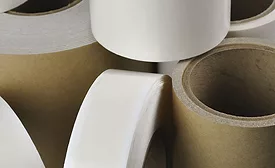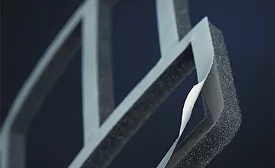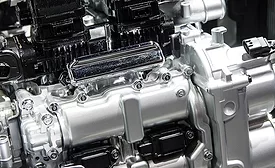ARTICLES
While challenges remain, the benefits of sustainable practices make a compelling case for the transition toward more eco-friendly adhesive manufacturing.
Read More
Trends in Reusable Protective Packaging Drive Growth of Pressure-Sensitive Adhesive Applications
Choosing the right pressure-sensitive adhesive (PSA) tape for reusable protective packaging depends on the need of the specific application and the materials that are being bonded together.
November 10, 2020
Focus On
Vertically Integrate for Sustainability
Vertically integrated tape suppliers can offer stabilized value, flexibility in product development and superior product performance.
November 13, 2018
The Greener Side of Adhesive Coating
A 100% solids adhesive coating process is operationally and environmentally sustainable for pressure-sensitive adhesive construction.
May 4, 2017
Pressure-Sensitive Adhesives Are in the Driver's Seat
Industrial PSA tapes with high temperature resistance bring new value to production assembly in automotive and transportation markets.
July 1, 2016
Clean and Green PSAs
Pressure-sensitive adhesives offer the benefit of having low to no VOCs.
November 1, 2015
Keep the info flowing with our newsletters!
Get the latest industry updates tailored your way.
JOIN TODAY!Copyright ©2025. All Rights Reserved BNP Media.
Design, CMS, Hosting & Web Development :: ePublishing





